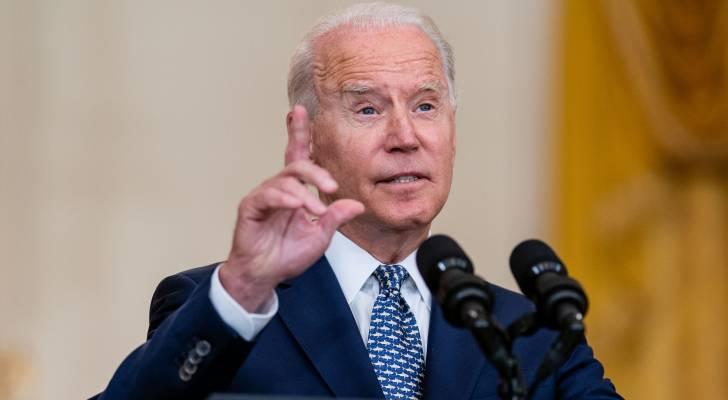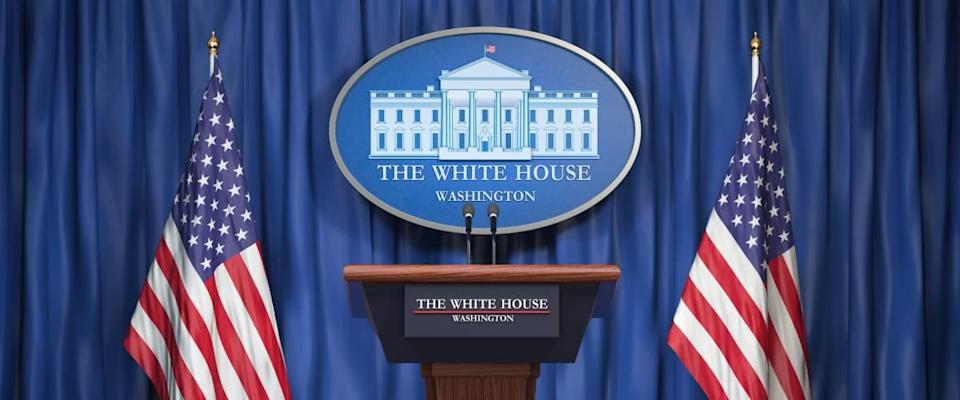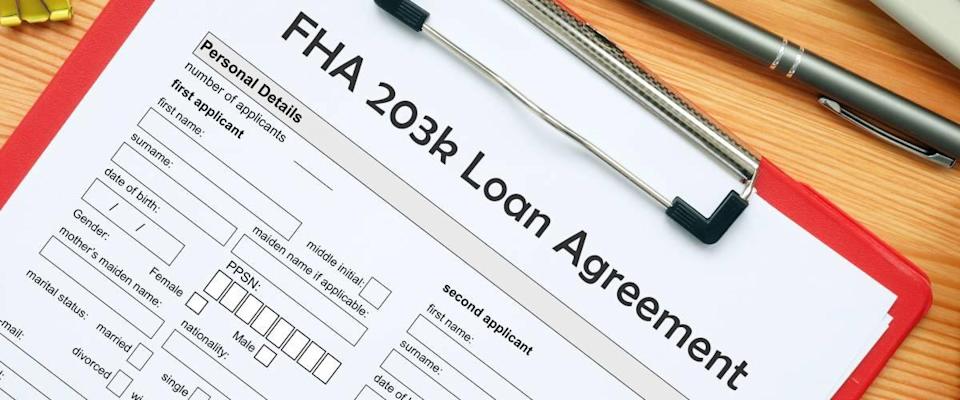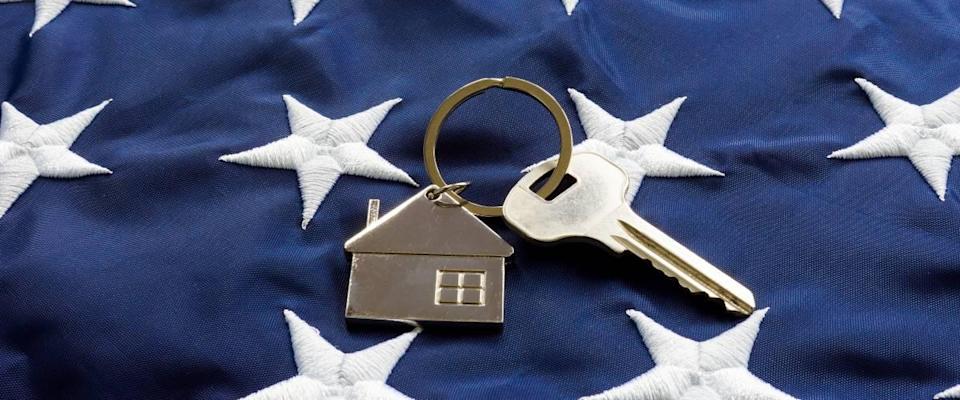
While most U.S. homeowners have come through the pandemic unscathed, or even further ahead thanks to money-saving refinances at cheap mortgage rates, millions of others have had to opt for forbearance to put their loan payments on hold. A federal foreclosure ban provided them further protection.
Now, those safeguards are falling away.
Though more than 1.74 million mortgages were still in forbearance as of Aug. 10, according to mortgage data and technology provider Black Knight, the foreclosure moratorium expired on July 31, after multiple extensions.
Some homeowners may find themselves unable to resume their regular payments if lenders refuse to extend their forbearance periods. But if that’s the boat you’re in, new initiatives from President Joe Biden’s administration could help keep you afloat.
Fresh help for homeowners

In June, when Biden extended the foreclosure moratorium for a final time, he also extended the forbearance application deadline for borrowers with government-backed loans to Sept. 30.
Time is running out if you have a mortgage you can’t pay through the Federal Housing Administration (FHA), the U.S. Department of Agriculture (USDA) or the Department of Veterans Affairs (VA). Tick tock.
In recent weeks, the White House has announced additional assistance, also for government-backed loans.
Here’s how it breaks down by loan type:
FHA loans

To keep borrowing costs manageable, mortgage servicers are being instructed to offer FHA borrowers who can resume regular payments the option to move any payments they missed to the end of their mortgages at no additional expense.
For those who can’t get back on track, the White House says the Department of Housing and Urban Development “will enhance servicers’ ability to provide all eligible borrowers with a 25% [principal and interest cost] reduction.”
That reduction isn’t quite as simple as it sounds. Known as the COVID-19 Recovery Modification, it involves extending the term of your FHA loan to 360 months “at market rate.” Your monthly payments will certainly be less, but you’ll be making a lot more of them over the next 30 years.
HUD also is offering what it calls the COVID-19 Recovery Standalone Partial Claim, where FHA borrowers can get access to a zero-interest lien to fund their mortgage payments. The lien will be repaid when you sell your home or refinance your property.
The options aren’t ideal, but they’re better than defaulting on your mortgage.
USDA loans
The USDA’s COVID-19 Special Relief Measure can help borrowers achieve up to a 20% cut in their monthly payments.
The options available to USDA borrowers, who are in rural and some suburban areas, include:
Borrowers will first have their interest rates reevaluated. If a lower rate won’t achieve the target 20% reduction, a rate reduction/term extension combination will be considered. If that still doesn’t do it, a mortgage recovery advance will be added to the equation.
VA loans

Holders of VA mortgages also can achieve a 20% reduction in their monthly mortgage payments.
The VA’s COVID-19 Refund option allows the VA to purchase a borrower’s mortgage payments that are in arrears — and in some cases up to 30% of the unpaid principal balance. Borrowers must then pay back the Department of Veterans Affairs, but at 0% interest.
Payments can be brought lower if VA borrowers and their servicers agree to stretch out the loan. VA loans can currently be extended by up to 120 months, potentially making the repayment term a full 40 years.
Conventional mortgages
While no new payment reduction programs have been put in place for borrowers with conventional mortgages associated with Fannie Mae or Freddie Mac, it’s worth remembering that there was already help available if either of the government-sponsored mortgage giants owns your loan.
You can defer your payments for up to 18 months without incurring any interest penalties. Those missed payments don’t have to be repaid until you sell or refinance your property.
If you need further assistance, loan modification options exist that can cut your monthly mortgage payments by 20%.
And note that $10 billion in aid was made available to states in the most recent COVID-19 aid package to help homeowners pay not only their mortgages but also taxes, utilities, home insurance and homeowners association dues.
Other sources of help with your mortgage

If you’re worried about where your next mortgage payment is going to come from, there are a few steps you can take to chisel out some room in your budget.
First, if you’ve been making your payments regularly and are still in good standing with your lender, consider refinancing your mortgage. With today’s low mortgage rates, you could save hundreds per month with a refi.
If you’re carrying multiple high-interest debts, like credit card balances, they’re no doubt eating into your cash flow. Consider rolling all of your high-interest debt into a single, lower-interest debt consolidation loan. You’ll pay less in interest costs and wipe those debts off your books sooner.
You also can improve your financial situation by bolstering your income.
There’s a colossal hiring boom happening in America right now, so it’s not a bad time to look for a higher-paying job or take on some cash-generating freelance work.
Or, you can take a crack at today’s still-hot stock market without risking your life’s savings. A wildly popular app can help you invest in a diversified portfolio using little more than the “spare change” from your everyday purchases.
This article provides information only and should not be construed as advice. It is provided without warranty of any kind.
